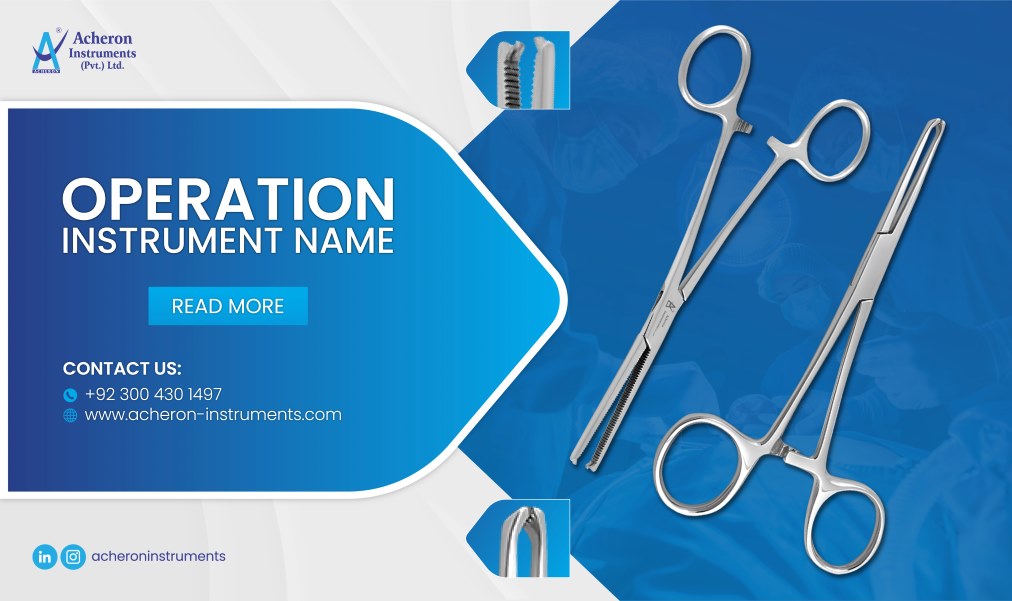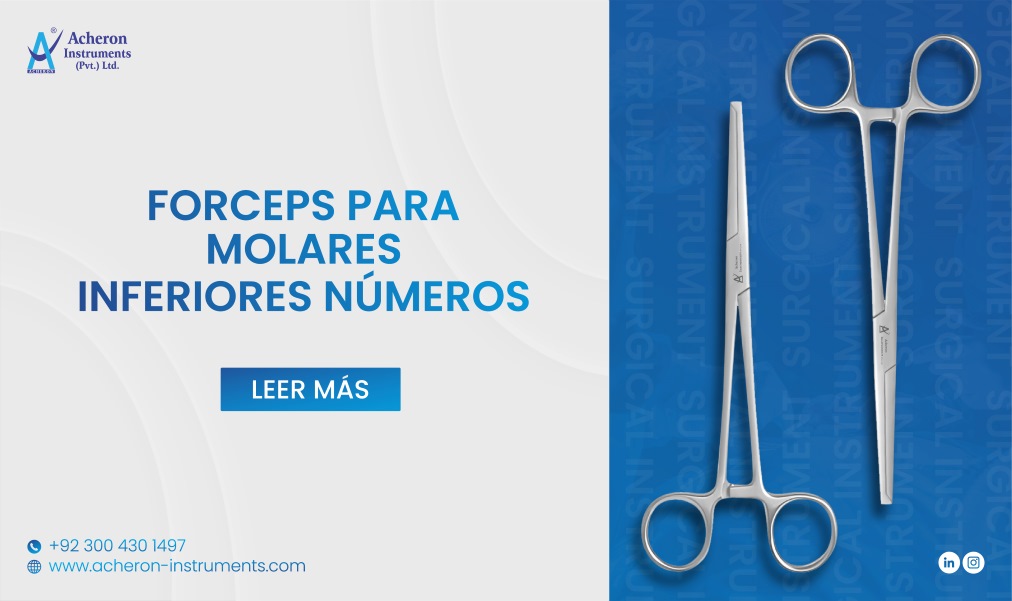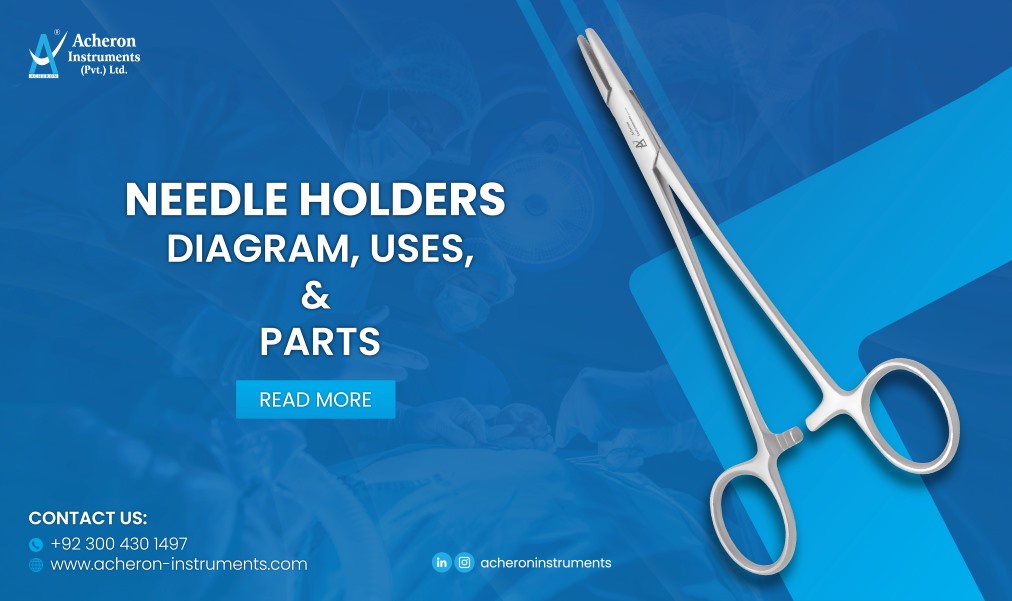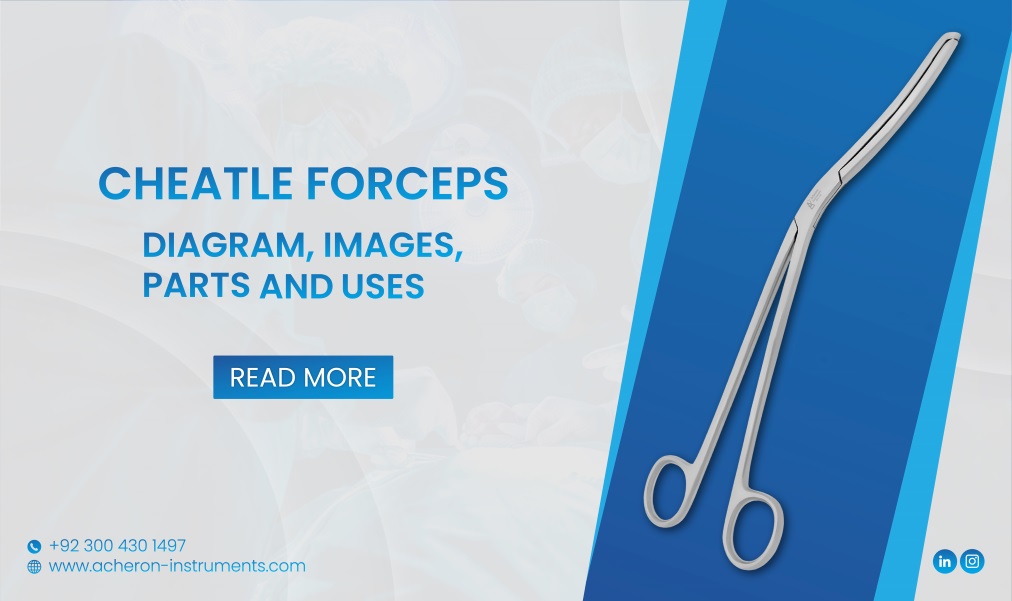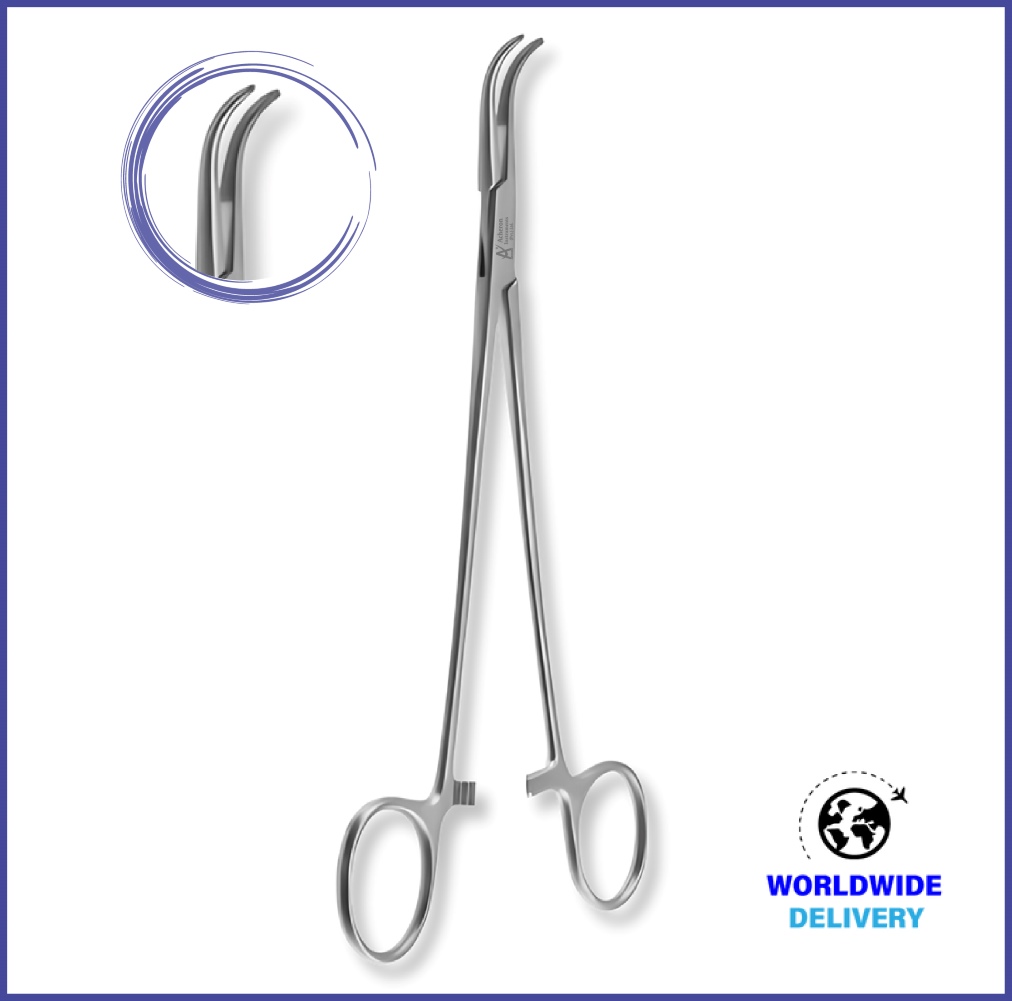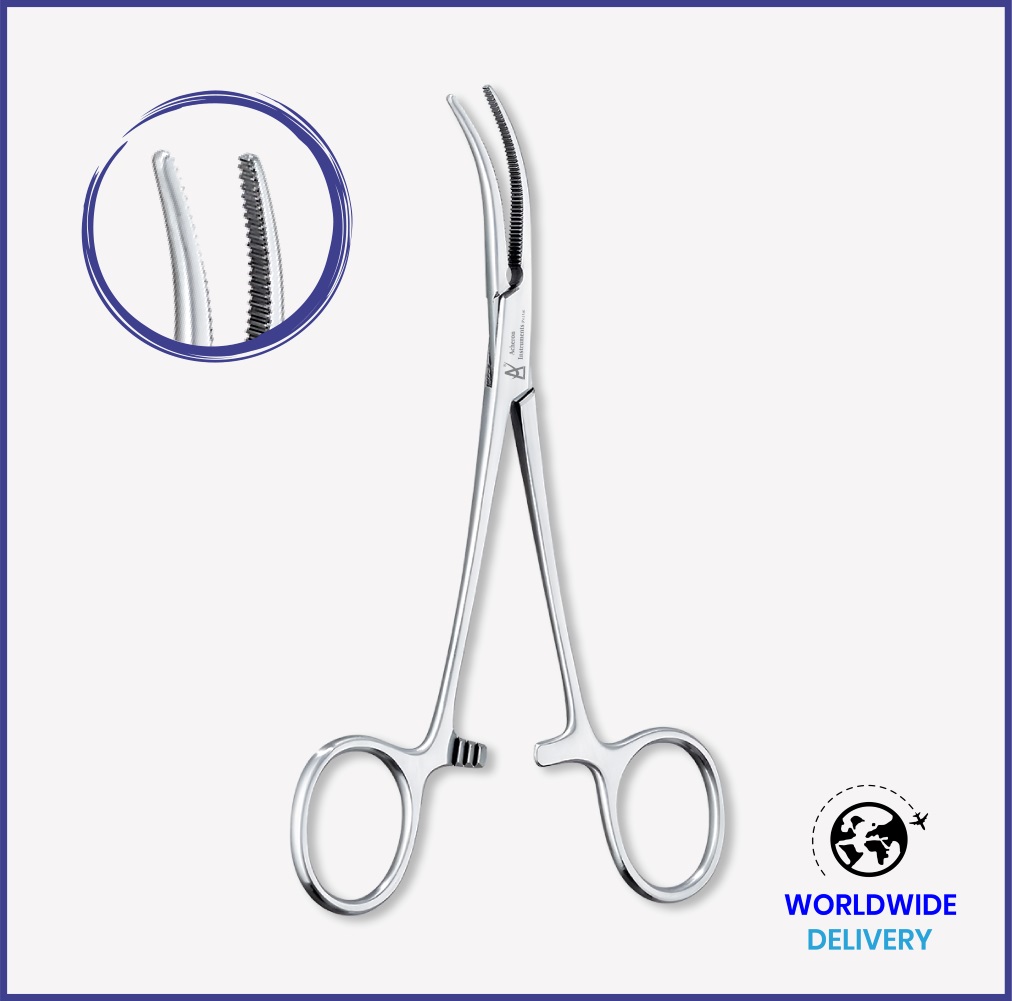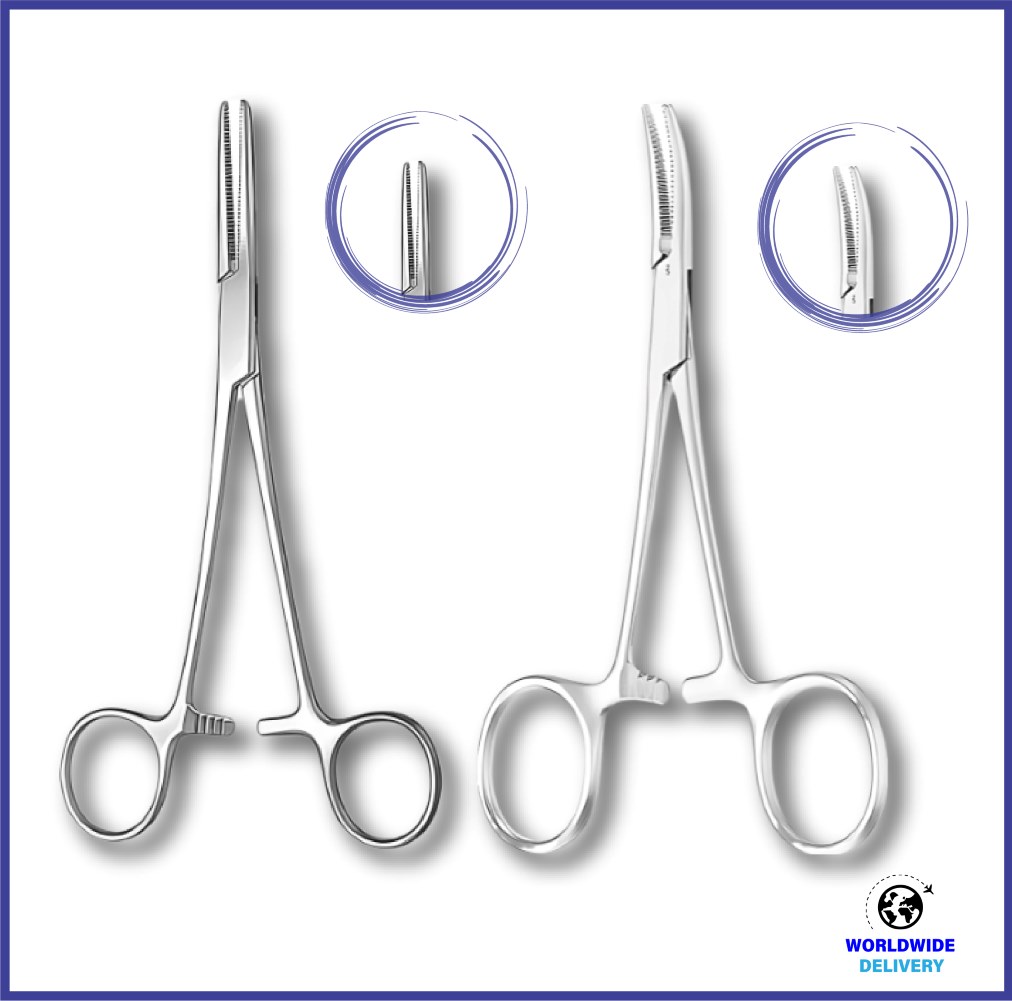These instruments are majorly used for grasping fine objects, tissues, exerting traction upon objects and clamping blood vessels, etc. There is a wide range of hemostatic forceps available in different sizes and shapes to assist in various surgical procedures. These are manufactured in high-grade German stainless steel which ensures the longevity of the product and enhanced performance.
History of Hemostatic forceps
The concept of clamping a blood vessel with a tool instead of binding it off is attributed generally to Galen (2nd century AD). French barber-surgeon named Ambroise Pare' rediscovered this method of hemostasis that was largely forgotten back then.
The predecessor to the modern hemostat was made by him what he referred to as Bec de Corbin (crow's beak). He was able to clamp the blood vessel with the help of this tool before securing it with a ligature. Several people attributed to the modern version of the hemostat, the foremost being Jules-Emile Pean. Minor alterations to the design were made later by William Halsted.
Uses and Specifications
• Hemostatic forceps are ideally used to prevent leakage from the blood vessels
• These forceps comprise a ratchet locking mechanism that is used to apply clamping pressure according to surgical requirements
• Hemostatic forceps are used in various surgical procedures for grasping, and holding tissues firmly.
• locking hemostatic forceps also called clamps are used to hold the tissues securely
• Hemostatic forceps are also used to control the blood flow and are referred to as Hemostats. These instruments compress the blood vessels and other tubular structures for ceasing the fluid or blood flow.
• There are different types of Hemostatic forceps available in both straight or curved variations. Both partially or fully serrated jaws are available to suit various surgical applications
• The approximate length of these forceps ranges from 5" to 9"
• As these hemostat forceps are manufactured in fine quality German stainless steel, they are durable and robust
• The use of these incredible tools makes the surgical procedure fatigue-free and efficient for the medical practitioner
• The finger ring feature of this instrument prevents slippage and enhances gripping
The most commonly used hemostatic forceps
There is a wide range of hemostat forceps used in different surgeries. However, some of the most commonly used hemostatic forceps in operating rooms are:
Allis forceps- used primarily for grasping small, dense tissues as well as organs
Adson forceps- used for clamping blood vessels to obstruct the blood flow
Artery Undermining forceps- used for holding blood vessels in cardiothoracic surgical procedures
Kelly hemostatic forceps- used for clamping large blood vessels
Bainbridge forceps- mainly used for clamping the bowl
Crile forceps- used for clamping tissues and blood vessels before ligation and cauterizing in laparotomy procedures
Dandy forceps- used mainly to control the blood flow and the flow of liquid in the tubing during surgeries
Difference between Hemostat forceps and needle holder
Needle holders and Hemostats are often considered the same due to the similarity in their structure. However, both these surgical instruments serve different purposes. A needle holder is typically used to hold a surgical needle. Whereas, a hemostat forceps is only used for grasping, holding tissues, and clamping blood vessels without causing harm to the blood vessels.
Also, the beak of the needle holder is shorter and stronger compared to the beak of hemostat forceps. Needle holders also have shallow teeth compared to hemostat forceps to accommodate both thick and thin surgical needles.
Material
Hemostatic forceps are made with high-quality German stainless steel. These instruments are durable, robust, and lightweight. Due to high-quality material, these tools can be reused after sterilizing them.
Wrap up
Hemostatic forceps are incredible tools that are generally present in all operating rooms. These instruments are the most demanded tools in surgical practices for their advantages.
We at Acheron instruments provide the best quality products to our esteemed customers. We have an extensive range of hemostatic forceps available in various lengths and shapes to suit different surgical applications. Our products are crafted with the help of highly qualified technicians and advanced technology to deliver the best products.


